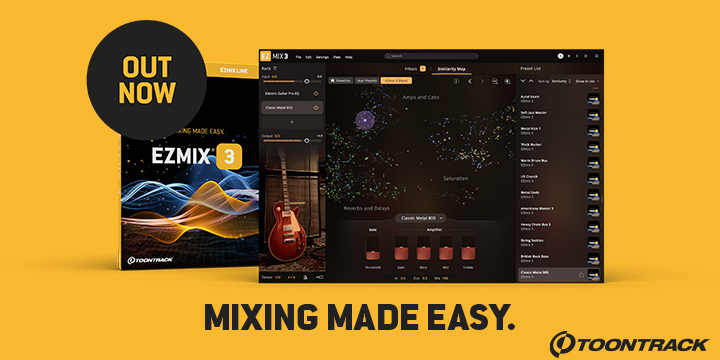
What is a "Hybrid Piano"?
Using new technologies, PMI claims to have re-invented the principle of piano sampling. The "hybrid piano" principle works like this: instead of recording one piano with a fixed microphone plot, they captured the different elements as separate building blocks. Each of these building blocks are captured with very high precision.
- The body-less piano strings, captured as clean as possible.
- The different piano bodies, capturing the typical brand characteristics.
- The acoustic environment, rooms, halls, etc.
They then re-assemble these components to create a hybrid piano which gives total control over the different aspects that form a piano sound.
The hybrid recombination technology is a complex mathematical series of calculations, based on morphing, convolution and spectral recombination, and is performed off-line using an array of computers. The resulting audio samples have higher definition and clarity, better dynamic response and a very distinctive character. Aspects such as piano body structure, typical piano brand sound impression and acoustic space are "rendered" on a sample-by-sample basis for a minimum of 20 dynamic nuances of each note. These 20 dynamic layers (velocity layers) are further processed in real-time with a convolution engine effect to smoothen transients and harmonics. The result is a seamless dynamic response with 127 steps without any noticeable gaps or "dead spots".
As a result of spectral recombination the sample can be looped at positions where the sonic fingerprint falls in repeating patterns. This results in sample sets that can be surprisingly small; below 1.5 GB for a 20 layer 24 bits piano. This allows you to load these sample sets completely in RAM memory and overcome polyphony limitations imposed on your system by direct from disk streaming methods that your sampler would normally use.
The acoustic space can also be added with a convolver at the end phase (upon playback) if desired. The Hybrid pianos come with a vast number of acoustic spaces and special effects IR's that can be used through the convolution engine of your sampler to re-create the acoustic space you want.
More information and many audio demos are available from their website.



